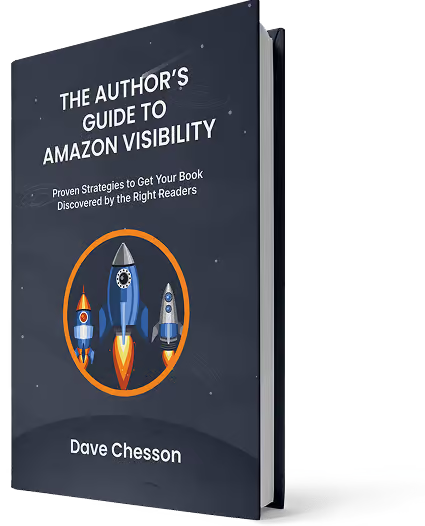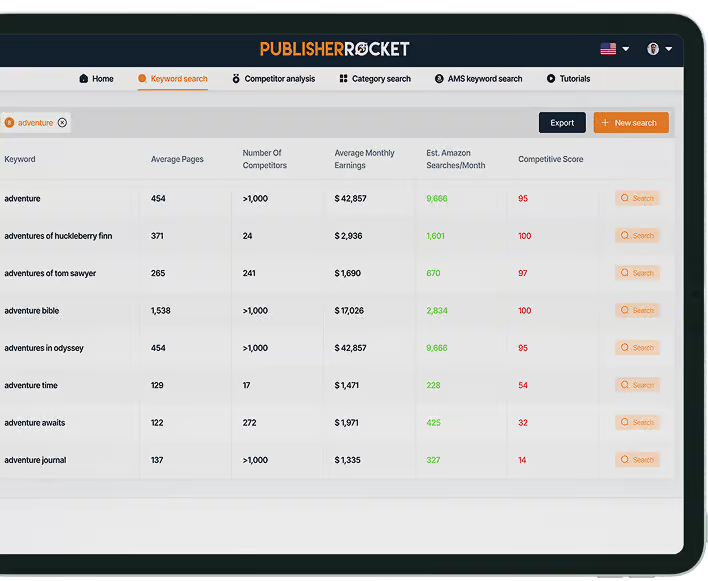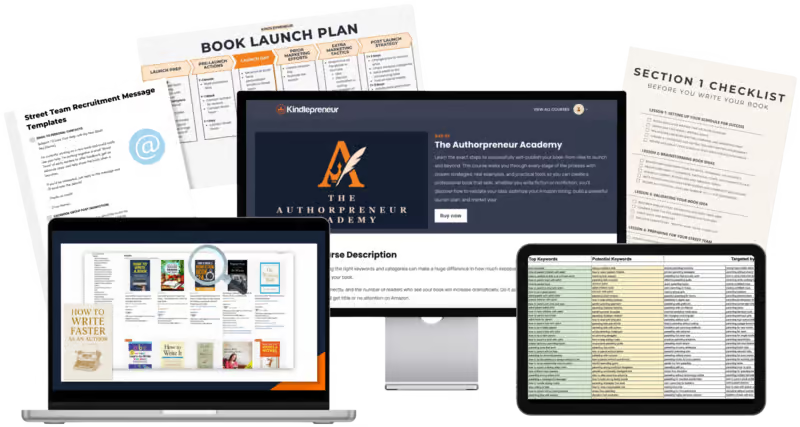What’s the deal with author logos?
When you hear the word McDonald’s, chances are those golden arches pop into your head before anything else. It’s one of the most recognizable logos in the world, and it’s done more for the company’s brand than any slogan ever could.
So what does that have to do with you as an author? Simple: a logo can do for your writing career what the arches did for fast food. It gives your brand a visual hook, something readers, clients, or event organizers remember long after your name has passed by.
An author logo can add polish to your website, email signature, or business card. It makes your brand feel professional and memorable, while also giving you a bit of personal style.
In this article, you’ll learn:
- How an author logo can strengthen your brand
- Where to find inspiration for great designs
- Affordable ways to create a professional-looking logo
- Practical tips I wish I’d known before making my own
Logos and Author Brand Examples
So what does an author logo actually look like?
There’s no single formula. A logo can be anything that reflects your style, genre, or the type of writing you do. Some authors lean into symbols tied to books and writing (like pens, typewriters, or open books). Others go with imagery that reflects their genre, such as fantasy-inspired crests, minimalist initials, or bold thriller-style fonts.
The key is that your logo feels connected to your brand. It should give readers, clients, or publishers a quick sense of who you are and what they can expect from your work.
Here are a few examples:
 | 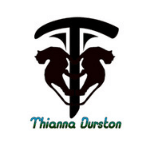 | 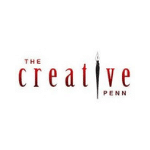 |
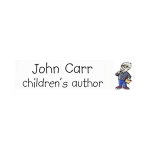 |  |  |
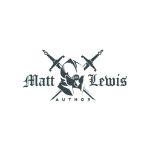 | 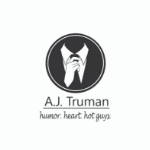 |  |
Should an Author Have a Logo?
That’s a fair question. The real answer depends on how much you’re investing in your author brand.
Whether you’re self-publishing or going the traditional route, a logo can help you stand out, build recognition, and make your brand look more professional. Here are some of the biggest benefits:
- Memorability: A logo gives readers a visual hook for remembering your name. Pair your brand with a unique image or mark, and you’ll be easier to recall than the author who has nothing.
- Professionalism: A clean, well-designed logo instantly makes you look established. It signals that you’re serious about your career.
- Color and Style: Unlike a black-and-white signature, your logo can carry color. Over time, those colors become associated with you (just like fans recognize their favorite sports teams by their uniforms).
- Marketing Power: A logo ties your brand together across platforms. It can appear on your website, email list, business cards, book trailers, or even the jacket of your next release.
Common places authors use their logo include:
- Website headers and sidebars
- Email signatures
- Social media profile or banner images
- Business cards or flyers
- Book jackets and author bio pages
- Merchandise like bookmarks, shirts, or mugs
In short: if you want your author brand to look polished and recognizable, a logo is one of the simplest ways to make it happen.

Author Logo Marketplaces and Logo Designers
So you’ve decided to invest in an author logo. Great choice!
Before you jump in, remember that not every design service is created equal. Some will give you a polished, professional product, while others might leave you disappointed. To save you time, here are a few trusted places where authors can find solid logo options.
Etsy
Etsy is still a go-to spot for custom design work. Many sellers specialize in author logos and offer ready-made or semi-custom designs at reasonable prices. It’s a good place to browse if you want something unique but don’t want to spend a fortune.
GraphicRiver
Part of the Envato marketplace, GraphicRiver is loaded with logo templates. You can search by theme, style, or genre, making it easy to find something that fits your author brand. If you’re comfortable tweaking a template, this is one of the quickest and most affordable options.
BrandCrowd
BrandCrowd focuses entirely on logos. Their online creator lets you enter your author name or pen name, along with a keyword, and then browse thousands of automatically generated designs. It’s fast and beginner-friendly, though less customizable than working with a designer.
99designs
If you want a fully custom logo, 99designs is one of the most reliable marketplaces out there. Instead of templates, you’ll launch a contest or hire a designer directly. Multiple designers submit ideas based on your brief, and you pick your favorite. Expect to pay more, but you’ll end up with a logo that’s unique to you.
Fiverr
Fiverr is a huge freelance marketplace, and logo design is one of its most popular categories. You can browse through hundreds of designers, check their portfolios, and hire someone who matches your budget and style. The quality can vary, so spend a little time reviewing ratings and samples before you decide.
Templates vs. Custom Logos
When it comes down to it, you have two main routes:
- Templates and Pre-Made Logos: Quick, affordable, and available on sites like GraphicRiver and BrandCrowd. These work well if you’re just starting out or testing the waters.
- Custom Logos: Slower and pricier, but completely unique to your author brand. Options like 99designs, Etsy sellers, or Fiverr freelancers let you collaborate with a designer to get exactly what you want.
Both approaches can work. It just depends on your budget, your timeline, and how much customization you’re after.
Which Option is Right for You?
- New or Budget-Conscious Authors: Start with something simple and inexpensive. A template from GraphicRiver or a pre-made design on Etsy or BrandCrowd can give you a professional look without draining your wallet. You can always upgrade later.
- Mid-Career Authors: If you’re building momentum and want stronger branding, Fiverr is a flexible option. You’ll have plenty of price points and styles to choose from, making it easy to match your genre and budget.
- Established Authors: Once you have multiple books and a growing audience, investing in a fully custom logo makes sense. 99designs or a high-rated Etsy designer will give you a one-of-a-kind brand mark that’s worth the investment.
No matter which stage you’re in, the key is to choose a logo that reflects your brand and will grow with you as your career develops.
6 Tips on How to Create an Author Logo
Designing an author logo doesn’t have to be overwhelming. Follow these core principles to create a mark that fits your brand and works everywhere you’ll use it.
1. Keep It Relevant
Your logo should reflect your author brand. A raven might fit a horror writer, but it would feel out of place for a children’s author.
Stick with imagery, fonts, or styles that connect to your genre and audience expectations.
2. Less Is More
Think of a logo as a signature, not a full illustration.
Clean, simple designs will look sharper on book covers, websites, and merchandise than anything overcomplicated.
3. Use Color With Care
Color can make your logo pop, but too many can make it messy. Choose a limited palette that matches your genre.
For example, bold, bright colors can work for children’s books, while darker tones often suit thrillers or mysteries.
4. Test for Size and Scalability
A logo should look good on a tiny favicon and on a large banner. Overly detailed designs may blur or become unreadable when shrunk down.
Always test your design in multiple sizes.
5. Choose the Right Font
Typography is just as important as imagery.
Serif fonts can suggest tradition or seriousness, while sans-serif fonts feel modern and clean. Script fonts can work for romance, while bolder typefaces might suit action or thriller writers. Match your font style to your brand’s tone.
6. Think About Longevity
Trends change, but your author brand should stand the test of time. Avoid overly trendy design elements that may feel dated in a few years.
A simple, timeless logo will grow with your career.
Tips by Career Stage
- New or Budget-Conscious Authors: Stick to initials, simple icons, or minimal imagery. This keeps your design professional and affordable while still giving you a brand mark to use.
- Mid-Career Authors: Start tailoring your logo to your genre. Add subtle touches (like a feather quill, sword, or book outline) that help readers instantly connect your logo to your writing.
- Established Authors: Work with a professional designer to refine your logo into something polished and distinctive. Focus on a design that will scale across your website, social media, merchandise, and future books.
No matter your stage, the right logo will reinforce your author brand and create a lasting impression every time a reader sees it.
My Logo In Kindlepreneur

Author Logos in a Nutshell
Designing an author logo might seem like a small step, but it carries a lot of weight. A good logo reinforces your brand, helps readers recognize you, and gives your work a professional polish.
Whether you start with a simple template or invest in a custom design, the key is consistency. Use your logo across your website, book covers, and social platforms so readers start to associate it with your name and style.
At the end of the day, your logo is just one piece of your author brand, but it’s one that can stick in a reader’s memory long after they’ve finished your book.



